- Home
- Machining techniques
- CNC Machining Services
- Cooperative supply services
- Designs
- Materials
- Finishing Services
- Shop
- Products
- Guide
- About Us
- Contact Us
2023.11.23
4130 alloy steel is a versatile and cost-effective material commonly used in applications that require strength, formability and corrosion resistance. In this comprehensive guide, we’ll cover 4130 steel properties, compositions, strengtth, uses, difference between 4130 vs 4140 steel, why it’s an ideal material choice, how to work with it, and more.
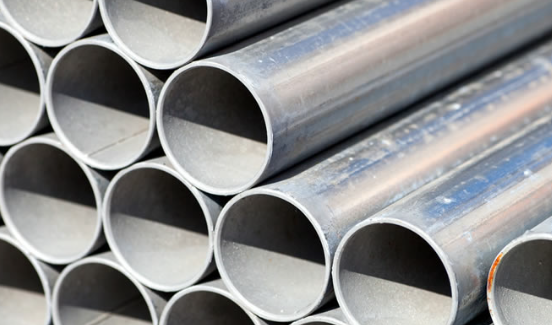
Key 4130 Properties
– 4130 steel has the following key properties:
Due to its great strengths and fabricability, 4130 steel finds widespread application across many industries including:
Let’s take a closer look at the key mechanical properties that make 4130 alloy steel a top choice where strength and machinability are important.
Tensile Strength
Standard 4130 steel has a minimum tensile strength of 135,000 psi when properly heat treated, making it capable of withstanding heavy loads. The tensile strength can be further enhanced through cold working or specific heat treatments.
Yield Strength
The minimum yield strength is 75,000 psi. Yield strength indicates the stress level below which a material behaves elastically upon loading and unloading.
Hardness
The Brinell hardness range is 225-295 BHN. 4130 steel can be hardened through processes like quenching and tempering to achieve target hardness levels for specific applications.
Elongation
4130 steel displays good ductility with a minimum elongation of 15% when tested according to ASTM standards. Its high elongation allows cold forming abilities without loss of strength.
Fatigue Strength
This steel has a fatigue strength limit around 40 ksi, meaning it can withstand repeated stresses up to 40,000 psi without fatigue failure over an infinite lifespan.
The chemical makeup of 4130 alloy steel contributes greatly to its balanced mechanical properties. Here is its standard composition limits based on AMS6415:
| Element | Weight % |
|---|---|
| Carbon | 0.28-0.33 |
| Manganese | 0.75-1.00 |
| Phosphorus | 0.04 max |
| Sulfur | 0.05 max |
| Silicon | 0.15-0.30 |
| Chromium | 0.80-1.10 |
| Molybdenum | 0.15-0.25 |
In order to achieve optimal properties, 4130 steel requires specific heat treatment. The most common methods are quenching and tempering or normalizing:
Quenching and Tempering
Involves heating to 1550-1650°F, oil quenching for hardness, then reheating to 400-950°F and air cooling to develop strength and toughness levels.
Normalizing
This process helps relieve internal stresses by heating to 1550-1650°F and air cooling. It results in more uniform properties compared to the as-received condition.
Its ductile nature allows versatile forming like bending, spinning, stamping and hydroforming. Welding is another option to join 4130 steel pieces together.
Machining
It machines well with carbide or high-speed steel tools. Chips eject easily due to good ductility. Cutting speeds range from 75-125 SFM depending on operation.
Welding
Shielded metal arc welding (SMAW) with matching filler wires like E4130 is suitable. Other options are gas metal arc welding (GMAW), gas tungsten arc welding (GTAW) or brazing.
Chromium in its composition enhances corrosion resistance compared to plain carbon steels. Various protection methods can provide degrees of corrosion protection:
Oil Quenching
Provides a tough corrosion-resistant surface during hardening treatment.
Passivation
Involves treating the steel in nitric acid to form a thin, transparent passive film highly resistant to corrosion.
Painting and Coating
Alkyd-based, epoxy and powder paints effectively coat 4130 steel parts for outdoor use.
In summary, 4130’s balanced properties make it an excellent choice for:
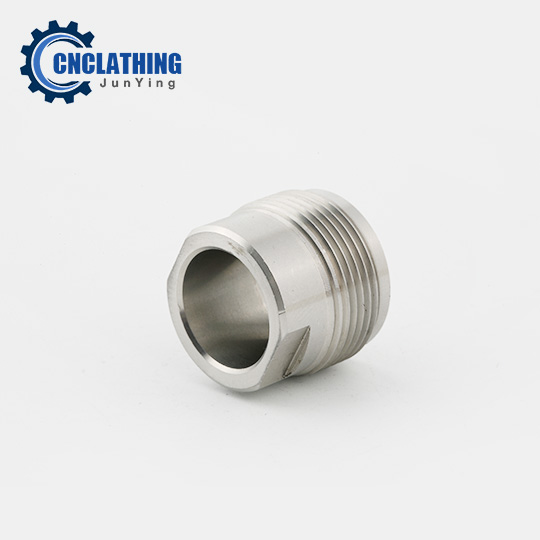 What is 4130 Alloy Steel & Steel 4130 Properties, Uses | 4130 Steel vs 4140 | CNCLATHING
What is 4130 Alloy Steel & Steel 4130 Properties, Uses | 4130 Steel vs 4140 | CNCLATHING
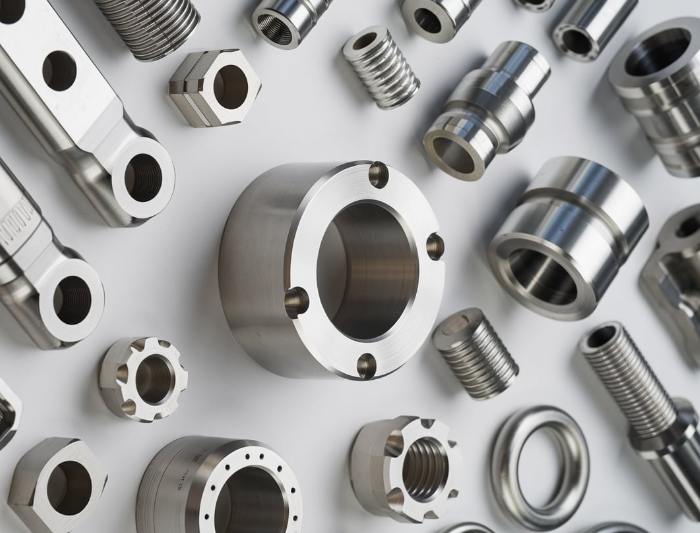 Stainless Steel Families & Grades Chart (Chemical Composition, Properties & Uses)
Stainless Steel Families & Grades Chart (Chemical Composition, Properties & Uses)
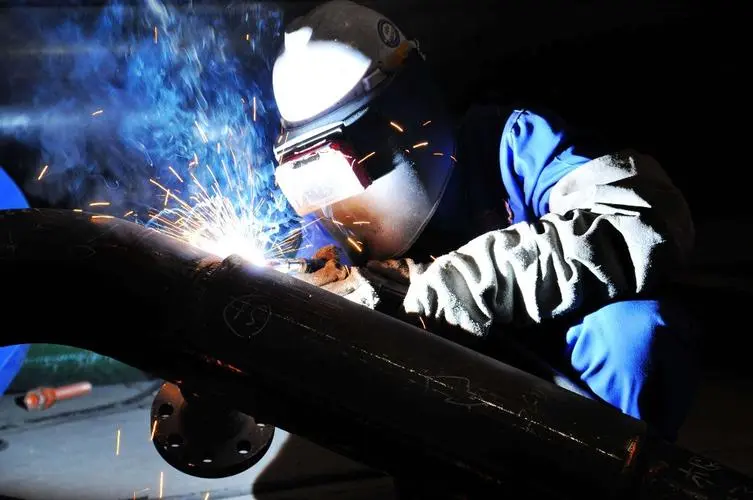 What is Heliarc Welding – Principle, Machine, Use, Cost, Difference Between TIG and Heliarc Welding?
What is Heliarc Welding – Principle, Machine, Use, Cost, Difference Between TIG and Heliarc Welding?
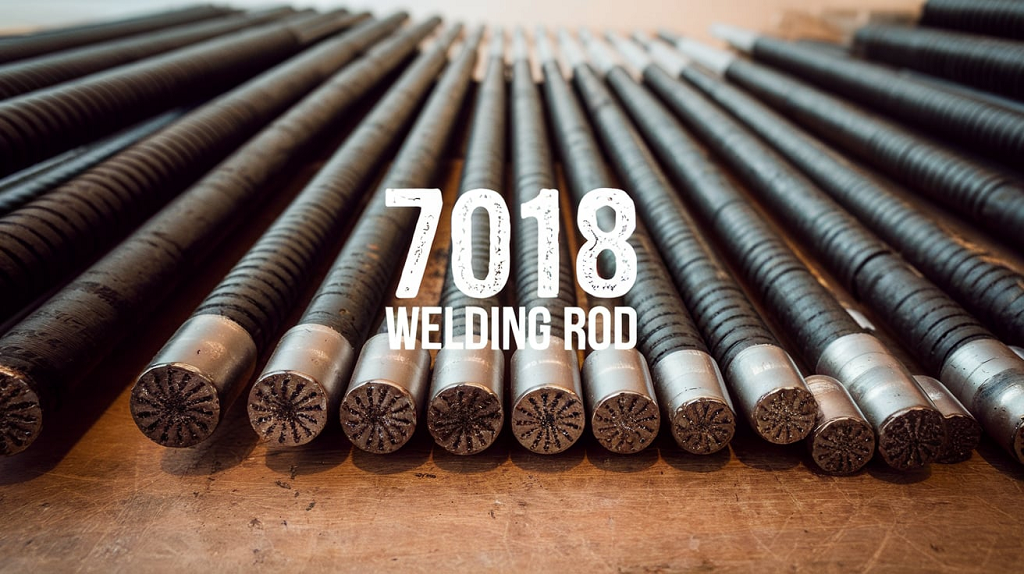 7018 Welding Rod Specifications: Properties, Amperage (Sizes) Chart, Uses, 7014 vs 7018 Electrodes
7018 Welding Rod Specifications: Properties, Amperage (Sizes) Chart, Uses, 7014 vs 7018 Electrodes
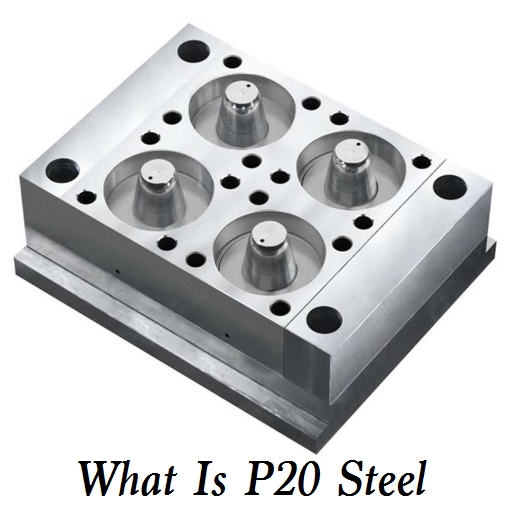 What Is P20 Steel – P20 Tool Steel Material Properties, Composition, Equivalent & P20 Steel vs 4140
What Is P20 Steel – P20 Tool Steel Material Properties, Composition, Equivalent & P20 Steel vs 4140
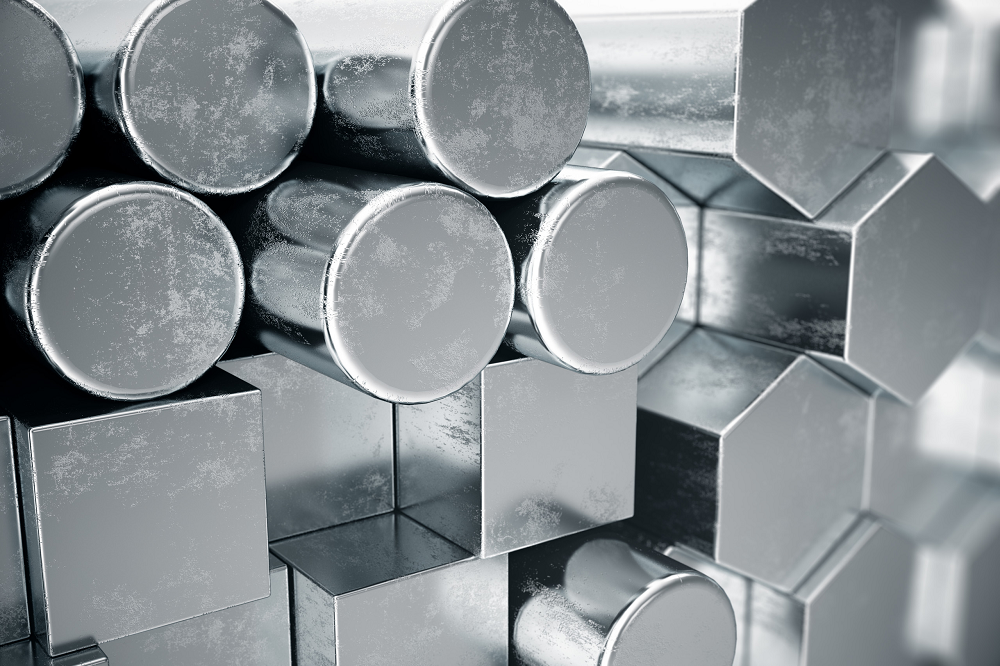 What is SS400 Steel – Features, Thickness, Applications, What US Steel is Comparable To It?
What is SS400 Steel – Features, Thickness, Applications, What US Steel is Comparable To It?
